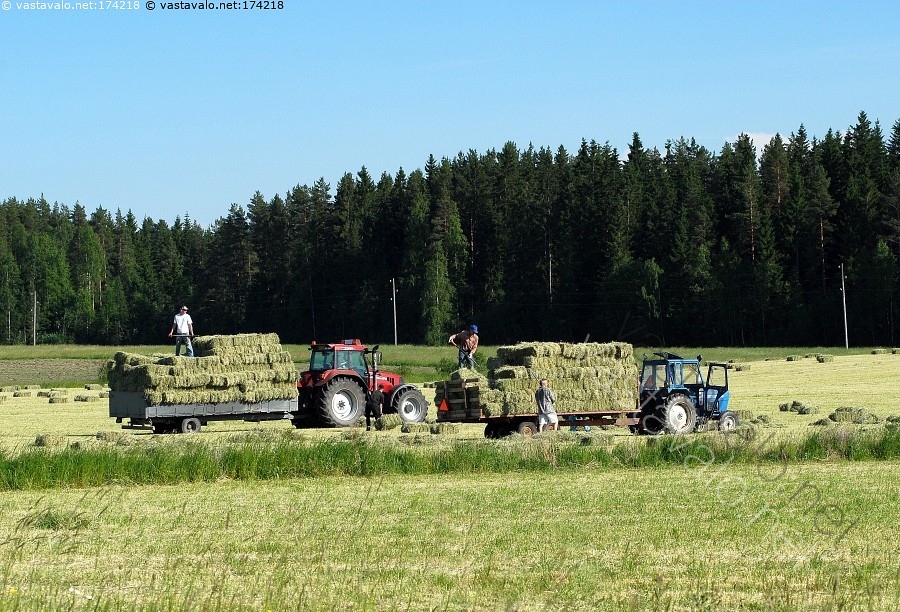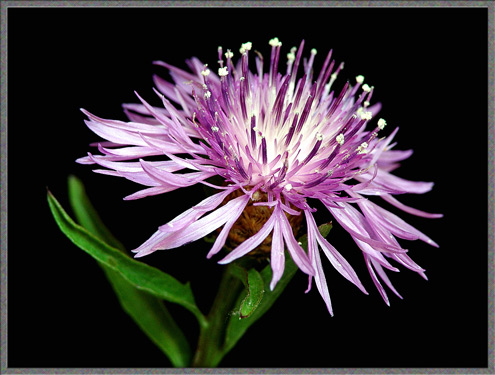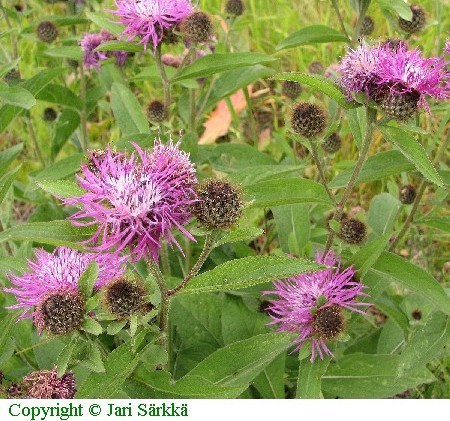Chris B
Queen Bee
- Joined
- Dec 9, 2008
- Messages
- 2,203
- Reaction score
- 2
- Location
- Bromsgrove, Worcestershire
- Hive Type
- Langstroth
- Number of Hives
- 300
How about a no-queen system?
Brother Adam describes a system in one of his books. It goes something like this:
Some weeks before the main flow, kill the old queen. About 10 days later, destroy all queen cells before they emerge, and put a new mated queen in.
The 10 days worth of lost brood represents bees that would only have become foragers after the main flow so no loss to the honey yield.
Combination of new queen and a brood break kills swarming urge for remainder of the season, plus the bees work with the vigour of a new swarm at just the right time.
He liked the system but eventually dropped it because it worked well for the clover but not for the heather which was more important for him.
The important point is, whatever system you use, it has to match the circumstances you find yourself in and tally with your objectives. The 2 queen system is used in NZ, but for them the important crop is Manuka which is late season a bit like our heather. So I wouldn't dismiss the system out of hand (they are far from stupid in NZ), but that doesn't mean it translates well to UK beekeeping where we get nowhere near as much good weather, so it's a bit riskier trying to get your bees to peak at a particular time, when the weather decides to peak at a different time.
Brother Adam describes a system in one of his books. It goes something like this:
Some weeks before the main flow, kill the old queen. About 10 days later, destroy all queen cells before they emerge, and put a new mated queen in.
The 10 days worth of lost brood represents bees that would only have become foragers after the main flow so no loss to the honey yield.
Combination of new queen and a brood break kills swarming urge for remainder of the season, plus the bees work with the vigour of a new swarm at just the right time.
He liked the system but eventually dropped it because it worked well for the clover but not for the heather which was more important for him.
The important point is, whatever system you use, it has to match the circumstances you find yourself in and tally with your objectives. The 2 queen system is used in NZ, but for them the important crop is Manuka which is late season a bit like our heather. So I wouldn't dismiss the system out of hand (they are far from stupid in NZ), but that doesn't mean it translates well to UK beekeeping where we get nowhere near as much good weather, so it's a bit riskier trying to get your bees to peak at a particular time, when the weather decides to peak at a different time.






















































